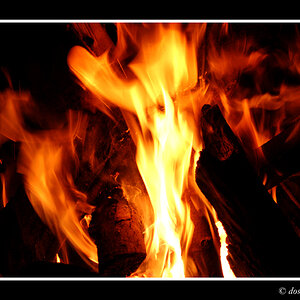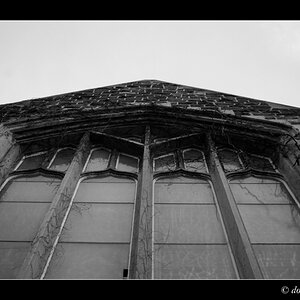unpopular
Been spending a lot of time on here!
^^ what exactly do they mean by 12% or 18%? 18% or 12% of what, and what is 100% or 0%?
I'm guessing this is something left over from densitometers and film, right? Or percentage on a logarithmic scale, maybe? If you dial in 18% of black in your favorite imaging app, you'll get a very dark shade. So what's up with this "middle grey" at "18%"?
This is teh one thing that always confused me.
I'm guessing this is something left over from densitometers and film, right? Or percentage on a logarithmic scale, maybe? If you dial in 18% of black in your favorite imaging app, you'll get a very dark shade. So what's up with this "middle grey" at "18%"?
This is teh one thing that always confused me.






![[No title]](/data/xfmg/thumbnail/42/42494-ba608b57b09b00c0ee005a2360a510f5.jpg?1619740198)






